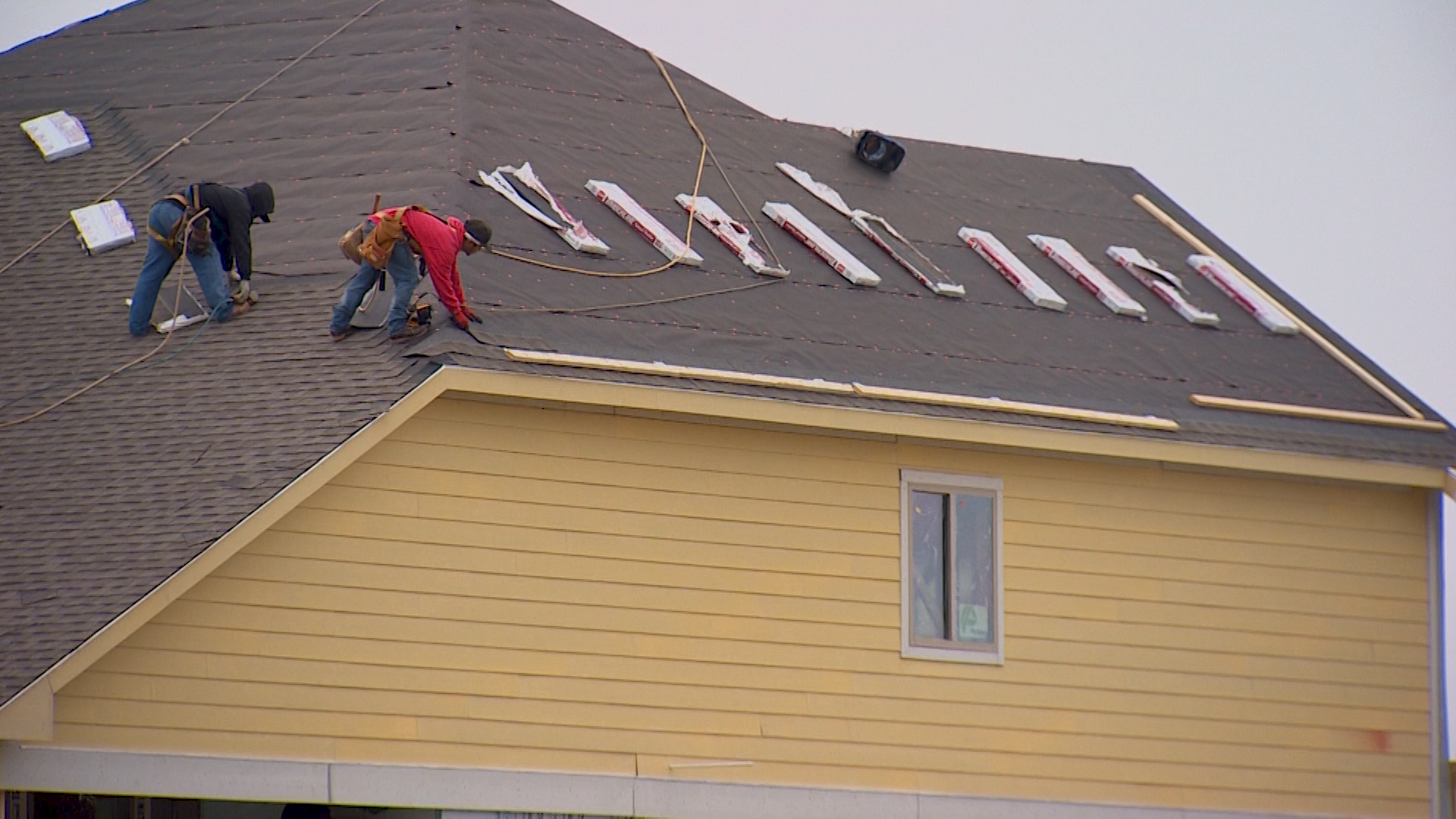You’ve decided you need a new Ceramic Roof tiles. Several contractors have given you estimates. How do you know which is right for you? It is important to understand exactly what the contractor is proposing when making a decision on your roof replacement. There are usually several products/services included on most re-roofing quotes.
The primary item on a roof replacement estimate is the actual roofing material. The estimate will list the manufacturer and type of shingles the contractor intends to use. It will also show the style of shingle. Architectural or dimensional shingles are the most popular.
They create more interest and often mimic the look of other roofing materials such as slate or tile. It may include color choice or options if design was part of the initial discussion. The estimate will also indicate the length of the manufacturer’s warranty for that type.
If your roof has chimneys, dormers, and walls, then you will see flashing on your estimate. Flashing prevents water from seeping behind and under shingles, causing water damage to the structure.
Flashing is usually thin sheets of aluminum or galvanized steel. Many professional roofers will fashion their own from sheet metal. Flashing is installed over joints in the roof & wall construction. Possible areas are valleys, chimneys, dormers, windows, pipes, skylights, porches, decks and edges.
New flashing is often installed with a new roof. If flashing deteriorates or comes loose it can cause severe damage to your home. It is important to make sure it is installed properly to avoid unnecessary damage.
One item that should be included on every roof replacement estimate is underlayment. Underlayment is a layer of protective material between the roof deck or plywood and the shingles. Often called felt paper, it is the first layer of waterproofing for your roof.
Manufacturers are constantly developing new underlayment technology. Newer synthetic underlayment further increases the effectiveness, ease & safety to install and increases longevity. Some manufacturers have developed organic and green underlayment products.
A contractor will choose the best type of underlayment for your roof replacement based on the type of roof and climate in which you live. If you have any questions regarding their choice, they are the best resource for your specific project.
Drip edge is another important and sometimes overlooked part of a roofing or re-roofing job. Even though manufacturers recommend it, and some require it for a valid warranty, some contractors do not include drip edge on their estimates.
Drip edge is metal strips applied along gutter lines, eaves and some rakes. It stops water from getting under the shingles and damaging the deck plywood and protects fascia. Properly applied drip edge will lengthen the life of the roof and further protect the home from water damage.
Ice and water protection should be discussed for almost every residential roofing project and will likely appear on your estimate. Ice and water barriers allow proper water flow preventing damage caused by high wind and rain storms and ice build-up known as ice dams. It strongly adheres to the plywood roof deck providing a second line of defense to the underlayment.
The barrier is applied to the most vulnerable parts of the roof. Depending on the type of roof this could be the valleys, eaves and rakes, or the entire deck surface. Contractors may also suggest applying it around chimneys and other areas where leaks are likely to occur.
A valley is the angle formed by the intersection of two sloping roof planes to provide water runoff. Because of the amount of water passing through that area of a roof, it is important to consider how the area will be protected when replacing an asphalt shingle roof.
Make sure that you check your chimney for cracked or missing mortar and replace that mortar that is damaged. The mortar is what holds the chimney bricks in place and should a brick fall it can do great damage to your roof as well as result in your losing your heating an inopportune time.
If you live in an area that gets heavy snowfall and you have good insulation then snow is bound to pile up on roof. Snow can be extremely heavy and cause damage to your roof from the excess weight. In addition, thawing and freezing of snow on the roof can cause ice to back up until roofing tiles, damaging the tiles and roof itself when the spring thaw arrives.
